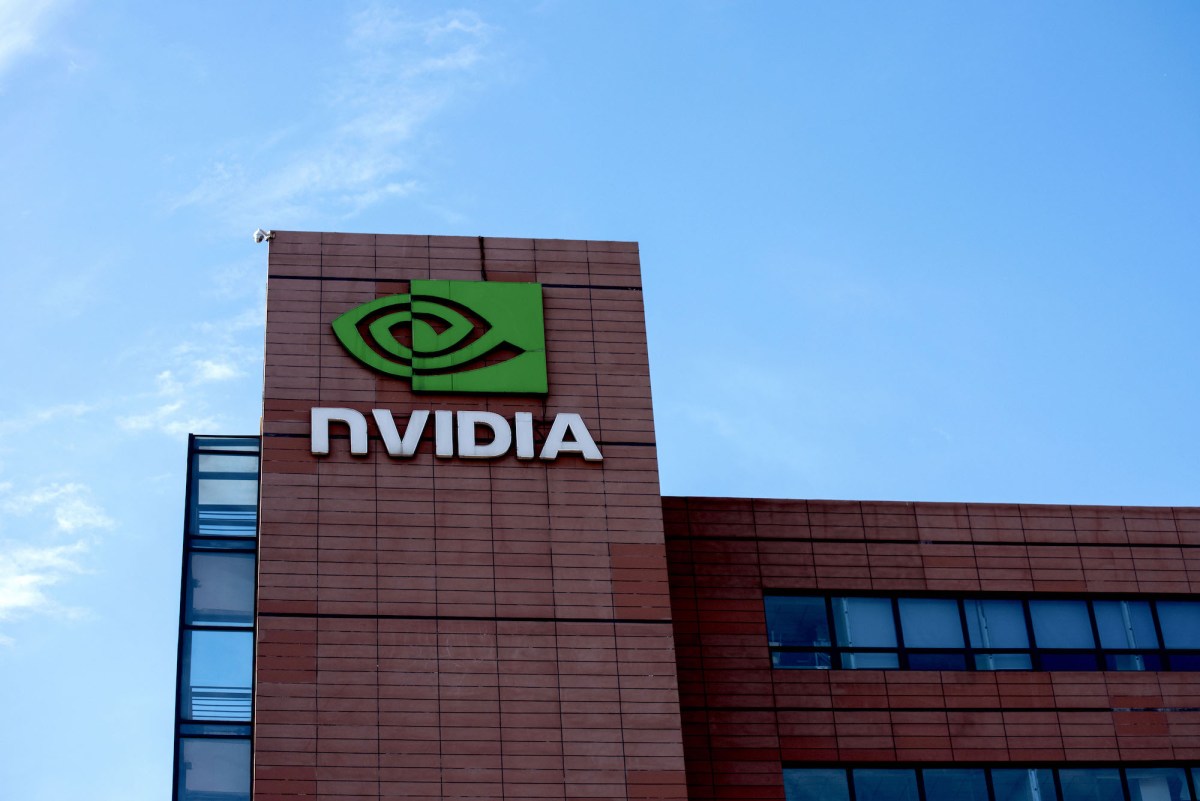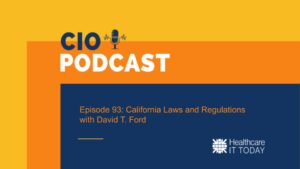How AI Can Accelerate and Ensure Accuracy when Translating Medicare Advantage Materials
The following is a guest article by Patrick Kehoe, EVP of Product Management at Messagepoint, Inc. Translation of member materials is an onerous burden for Medicare Advantage Organizations (MAOs). The Centers for Medicare & Medicaid Services (CMS) requires translation of key documents, including Annual Notices of Change (ANOCs), Evidence of Coverage (EOCs), and Summaries of […]

The following is a guest article by Patrick Kehoe, EVP of Product Management at Messagepoint, Inc.
Translation of member materials is an onerous burden for Medicare Advantage Organizations (MAOs). The Centers for Medicare & Medicaid Services (CMS) requires translation of key documents, including Annual Notices of Change (ANOCs), Evidence of Coverage (EOCs), and Summaries of Benefits (SBs), for any language group comprising more than 5% of a plan’s service area population. The 2024 CMS Final Rule extends this mandate, requiring that once a member in one of the supported language groups requests materials, they must be available on a standing basis. For Dual Special Needs Plans (DSNPs), compliance is even more complex as they must meet both Medicare and Medicaid translation requirements, supporting as many as 24 languages in some states.
This requirement is driven by the need to support increasingly diverse populations across the U.S. Over the last three decades, the number of people who speak a language other than English at home has nearly tripled from 23.1 million (about 1 in 10) to 67.8 million (about 1 in 5), requiring MAOs to support more languages and translate a broader base of materials.
Translation processes are commonly human-led and, therefore, are slow and costly. Additionally, translation doesn’t typically begin until English versions are finalized, creating intense time pressure to meet CMS deadlines. Despite spending hundreds of thousands or even millions of dollars annually, MAOs are left scrambling to meet CMS deadlines.
Which Approach is Best for Implementing AI Translation?
AI-powered translation offers MAOs an opportunity to overcome inefficiencies in the translation process, translating content much faster than human capability. From a quality perspective, GPT-4 has been found to translate almost as well as a junior-level translator. However, caution should be taken when it comes to specific terminology and context in Medicare Advantage’s complex communications. Ideally, a hybrid approach that combines the speed of AI translation with human oversight offers lower risk.
The process of managing content is another important consideration in leveraging AI. Standalone AI platforms like GPT-4 or DeepL Translate can accelerate translation, but require content to be loaded into the platform, translated, and then reimplemented into the document templates that are used to lay out the communication for the customer. This not only introduces additional time and inefficiency into the process but also the risk of errors and proprietary information being exposed to public AI models.
What to Look for in Support
Choosing a solution for content, communications layout, and composition that offers integrated AI translation capabilities provides an optimal framework. They typically offer more guardrails and security around their use of AI by offering robust safeguards to prevent sensitive member data and PHI from being exposed or shared with third parties. Additionally, administrators can control access to AI functions, providing audit trails to ensure complete visibility into all changes made to communications.
While many software platforms have some form of translation automation, not all address the requirements of Medicare Advantage member materials. Selecting the right platform requires examining how AI is implemented and the impact on accuracy, efficiency, and security. Here are some considerations:
Does AI Automate Translation Accuracy Checks?
After translations have been drafted, they must be thoroughly reviewed and approved before finalization. These manual QA cycles consume valuable hours during the final time-crunched weeks before the CMS deadline. To alleviate this burden, some platforms provide AI-powered translation accuracy checks. These capabilities validate that the semantic meaning and structure of content are preserved across all language versions in a fraction of the time it takes people to complete the checks. This enables teams to focus on fixing inaccuracies caught by AI, eliminating the need for a comprehensive line-by-line review of each document.
Does the Solution Require Users to Write Their Own Prompts?
A critical consideration is whether the platform offers pre-built translation prompts or requires users to craft their own prompts. Prompts crafted by vendors with expertise in AI and Medicare Advantage will likely produce more reliable results, while eliminating translation teams from having to write and refine prompts every time they use AI.
Does the Platform Provide Glossaries to Ensure Accuracy and Consistency?
AI algorithms don’t inherently understand your business or complex Medicare Advantage terminology, which can cause inconsistent translations of critical terms like product names or regulatory language. Platforms that provide glossary capabilities specify how certain terms and phrases are translated by AI, ensuring sensitive content is translated the exact same way, every time.
Does AI Preserve Formatting and Variable Data Post-Translation?
Some member materials include variables or customer-specific content, along with complex formatting. Not all solutions will preserve these variable elements post-AI translation, requiring teams to add these elements back into documents manually.
Does the Platform Enable a Modular Approach to Translation?
Platforms that utilize a modularized content management model break down communications into logical content components that can be reused and shared across communications as needed. These content objects are only translated once instead of multiple times, ensuring consistency. Additionally, it enables translation workflows to begin as sections of documents are finalized so translated versions can be completed at the same time as English versions.
How Flexible is the Workflow?
It’s essential to track and manage each step of the process to ensure that all participants understand their responsibilities, where the project is at, and that a complete audit trail of changes is maintained. Platforms with configurable, robust workflow capabilities provide precise control over how, when, and to whom tasks are assigned, eliminating bottlenecks in the translation process.
By thoughtfully applying AI to the translation process within a controlled customer communications management environment, MAOs can reduce the time, stress, and cost of meeting CMS translation requirements. This is a low-risk, high-reward opportunity to develop internal experience and familiarity with AI and positions organizations to move beyond minimum requirements to proactively meet the needs of an increasingly diverse, multilingual member base.
 About Patrick Kehoe
About Patrick Kehoe
Patrick Kehoe is Executive Vice President of Product Management, driving product strategy in collaboration with the product development team at Messagepoint, a provider of customer communications management software. Kehoe brings to the company more than 25 years of experience delivering business solutions for document processing, customer communications, and content management. For more information, visit messagepoint.com.

























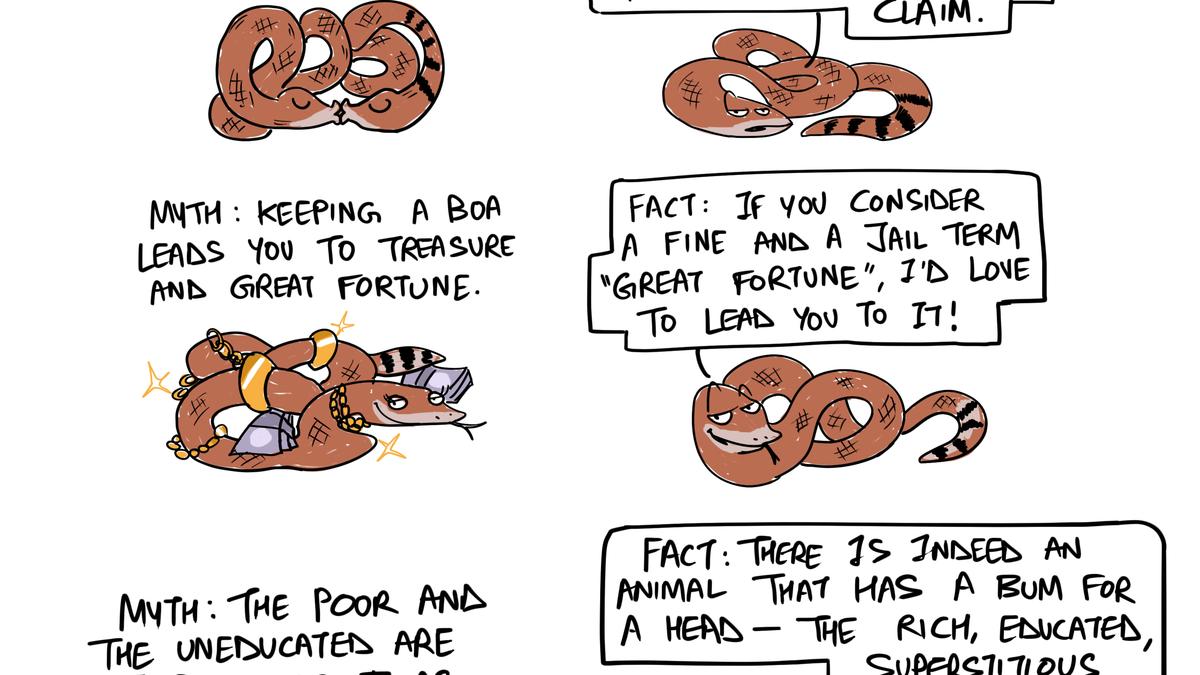




























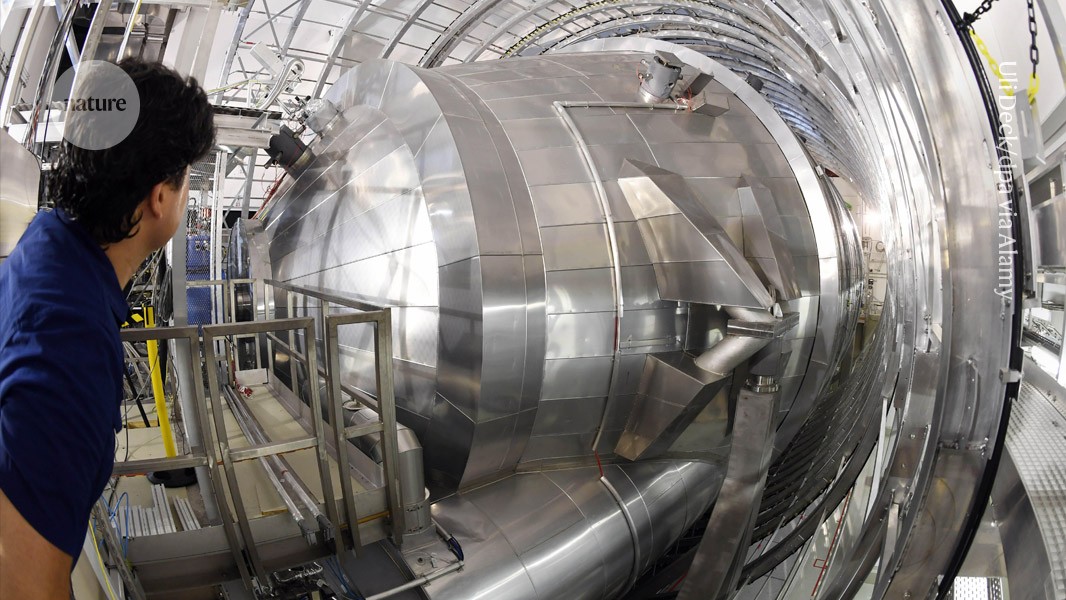































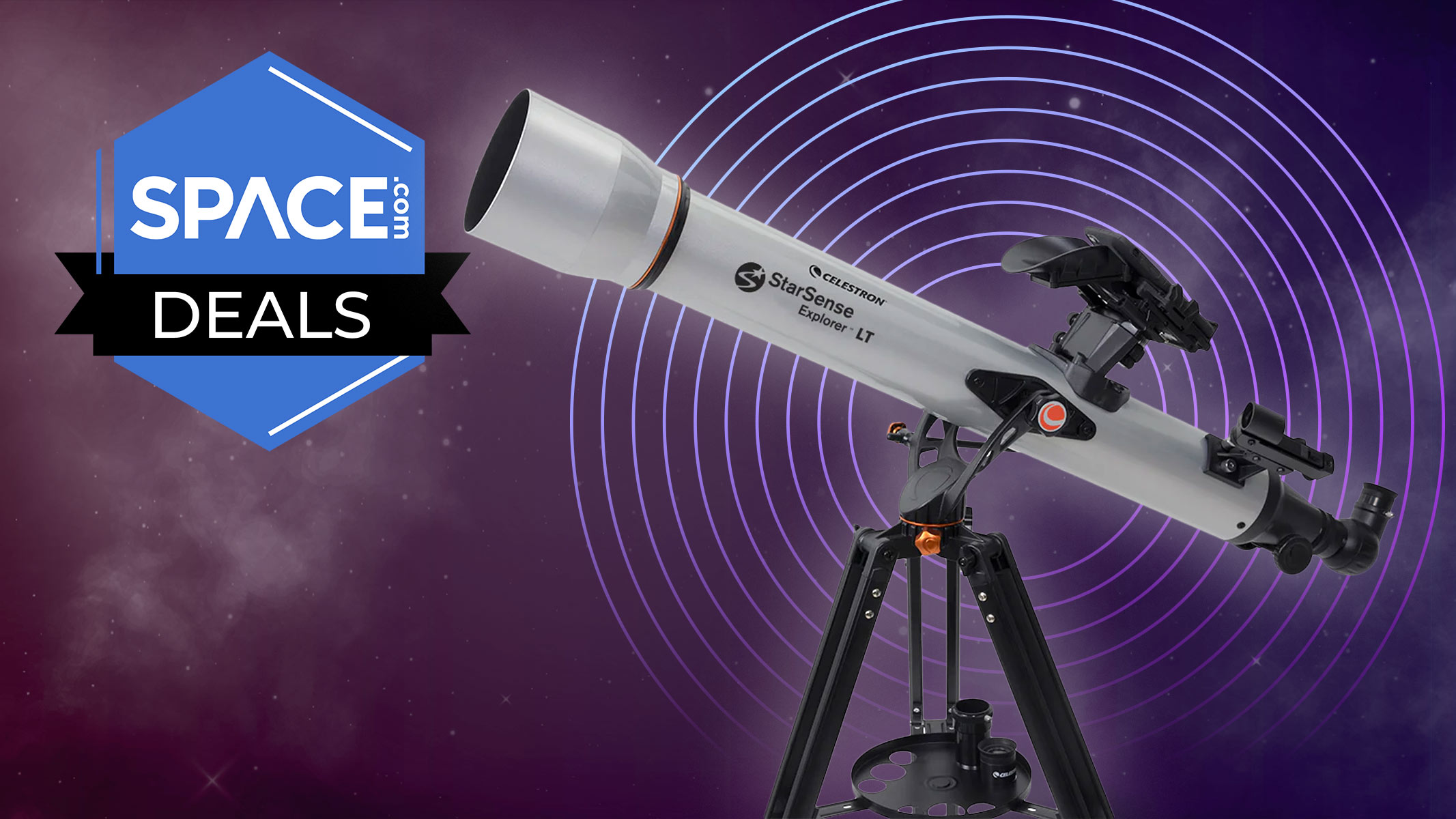


















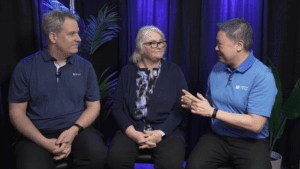

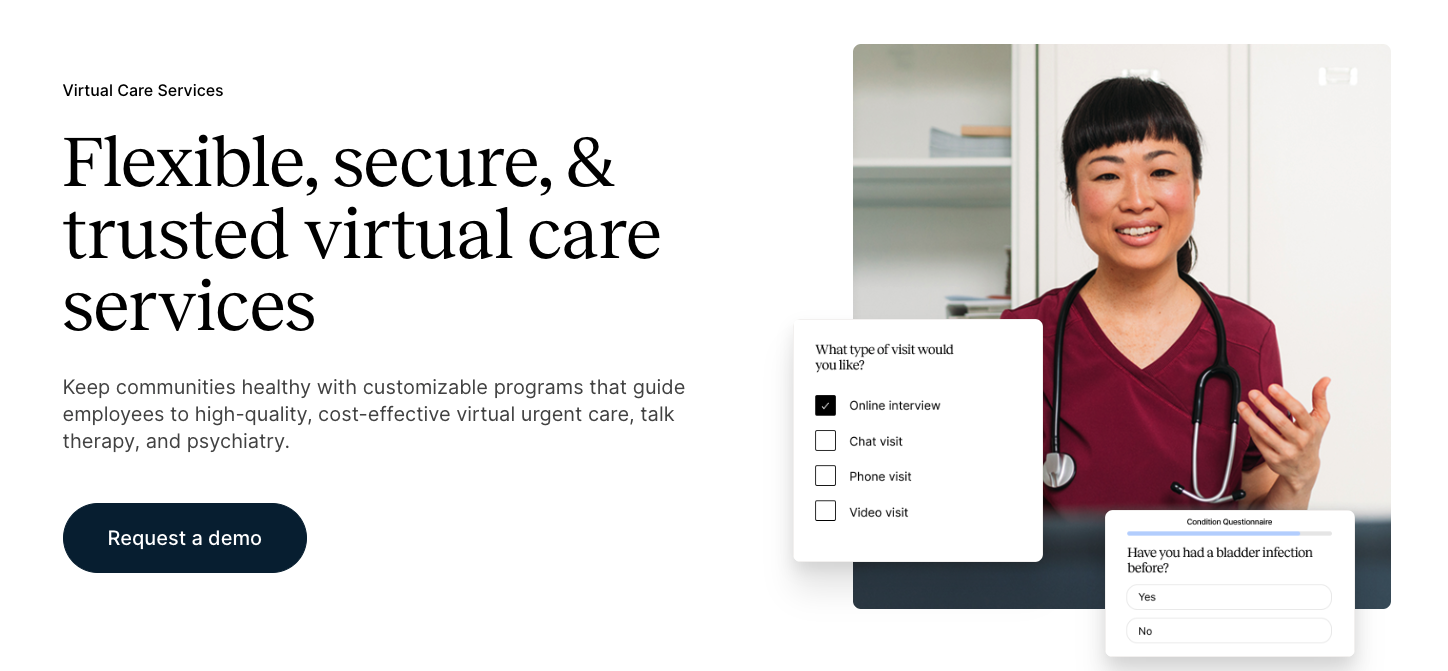




















![The breaking news round-up: Decagear launches today, Pimax announces new headsets, and more! [APRIL FOOL’S]](https://i0.wp.com/skarredghost.com/wp-content/uploads/2025/03/lawk_glasses_handson.jpg?fit=1366%2C1025&ssl=1)






